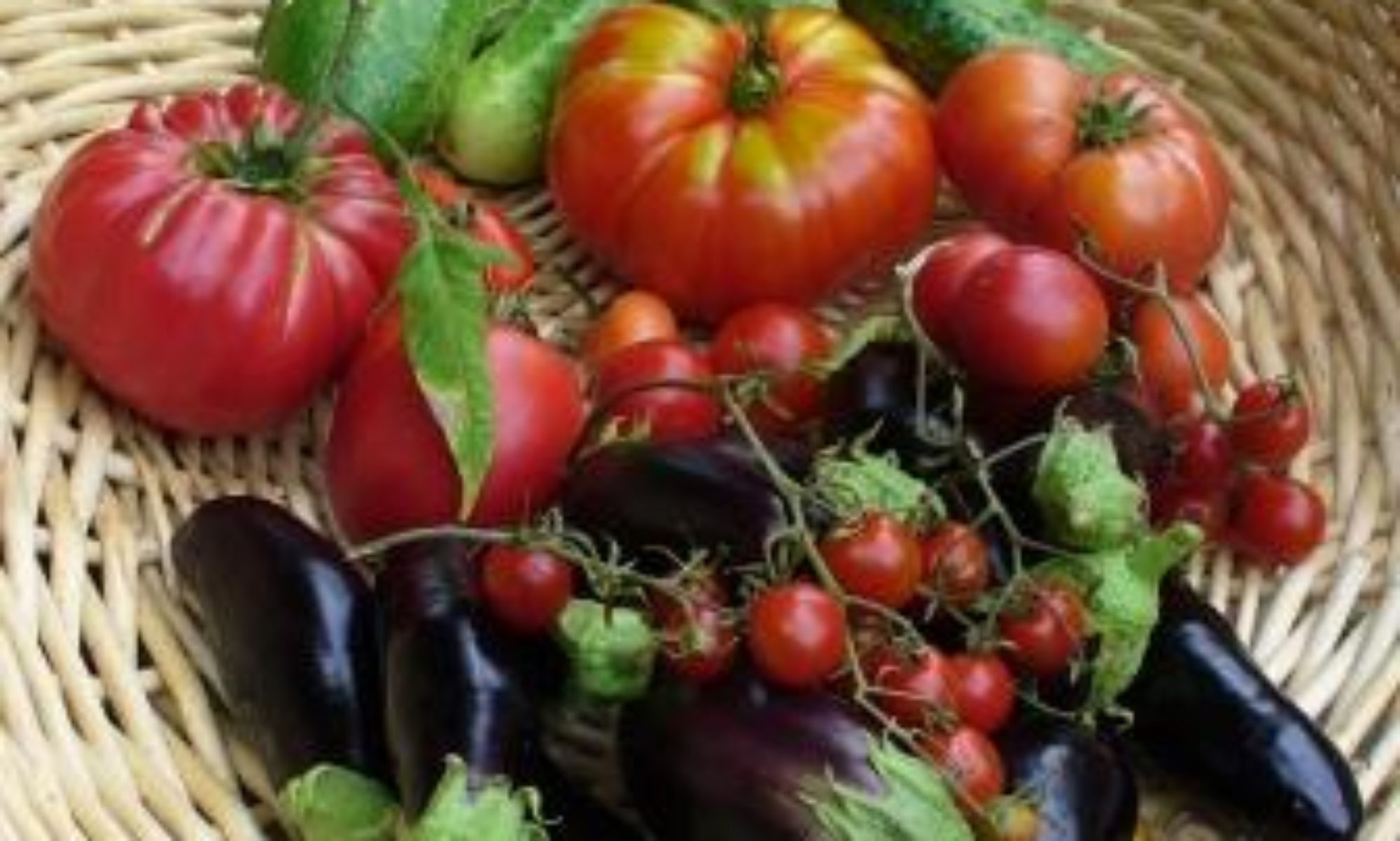I just placed a new addition in my greenhouse. This 3′ x 4′ bed of sand is warmed to 74 degrees by a buried 250 watt heating cable. My first little tomato seedlings look a little weak and leggy – let’s see what a few days in the new environment do for them.
Strawberry Patch
Finally a sunny day
Punxsutawney Phil
Don’t mean no disrespect for Phil; no doubt his forecasts are great for the East, but he doesn’t know beans about Pacific Northwest weather. Groundhogs are not native to our area. Probably we need to find a mountain beaver to do the forecast. 6 more weeks of constant rain? Or SUNSHINE?

Inauguration day
January 21 is probably an odd day to start a gardening website. Beginning this task today no doubt reflects my longing for the arrival of spring. At the moment, the weather is better suited for growing hoar frost than vegetables.

Even so, 4 days ago I planted a few 4″ pots with a scattering of seeds for parsley, yellow onions, red onions, Brussels sprouts and broccoli. The Brussels sprouts and broccoli were both sprouted today so I placed them in my greenhouse. As the night-time temperatures are presently about 30 F and the greenhouse is unheated, it will take a bit of luck for the seedlings to survive.
Brrrr
house covered with row-cover fabric my tomatoes are having a hard time setting fruit. The varieties that have managed to set fruit thus far include –
 |
| Slava |
Bonnie Best
Brad’s Black Heart
Box Car Willie
Flamme
Marmande
Loading the Ark
Planting Tomatoes
Ananais Noir
Late late Spring
Last Spring was the coldest wettest Spring on record. This Spring is worst. April 19 is the average date of last frost in this area. This year we had a hard frost on May 10. This on top of record-breaking rainfall. Now, however, real Spring has started like someone threw a switch. Day-time temperatures are hovering around 80 and sunshine is forecast every day for the next week. Now that the soil is dry enough it is a real race to get the garden planted. Anticipating that planting date would be late, I started a lot of plants in pots in my greenhouse. This includes cucumbers, summer and winter squash varieties and even corn. Here is one of my darling baby cucumber seedlings.
Potting Soil
Enough of that, from today forward I am producing my own potting soil. This isn’t a simple matter, however, because recipes for potting soil are hugely variable, and there is almost no reliable information available about how they compare in performance. Comparing about 20 recipes from different sources, I have come up with a consensus recipe.
Potting soils generally have three types of ingredients.
1) Organic matter, to provide aeration and moisture retention. Good sources of organic matter include sphagnum moss, coir (coconut fiber) and compost.
2) Materials to promote drainage, including vermiculite, perlite, and sand.
3) Lime. Organic matter, and especially sphagnum (peat) moss is extremely acidic (typically pH 3). Addition of lime is required to bring the pH up to near neutrality (pH 6-7).
4) Fertilizer. The main requirements for fertility are nitrogen, phosphate and potassium, typically given as a nitrogen-phosphate-potassium percentage ( for example a 4-10-1 fertilizer is, by weight, 4% nitrogen, 10% phosphate and 1 percent potassium. A good ratio of the three components for vegetable is 1:2:1. I am not a stickler for staying strictly organic, but I like to go the organic route when I can. Blood meal is a widely available organic source of Nitrogen. The stuff I have is 13-0-0. Bone meal is commonly used for phosphate. My supply is 3-15-0. Wood ash is a good source of potassium, and since I sometimes heat my house with a wood-stove, it is free. Wood ash typically has a nutrient composition of 0-1-3.
An optional additional ingredient is garden soil. This will increase water retention, and will provide some additional fertility, especially in the form of micronutrients that may be lacking in the other components.
Here is my recipe-





